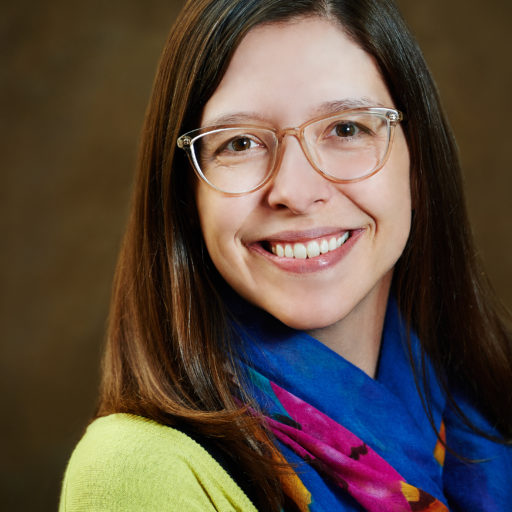Remember that sign in the comic strip “Peanuts” that Lucy hangs above her advice booth? “The Doctor Is In—Way In!” Sometimes, my once-weekly homeroom feels like that, with high schoolers asking serious questions in small groups about adolescence and the world, their teacher trying to help and coach the best she can.
Cady (not her real name) spent all four of her high school years in my homeroom. She was a quiet, seemingly confident athlete and student, happy to dye the bottoms of her curls in school colors when her teams went to sectionals. She was a part of some of those small groups, but she never shared problems or concerns or asked for help.
On the last day of school, Cady brought a basket and shyly handed it to me. In that basket was a beautiful, functional water bottle (in sharp contrast to my beat-up, leaky travel mug) and a letter. “When I came into your classroom as a freshman,” the letter began, “I . . . had been sheltered within the walls of a small private school for the first twelve years of [my] schooling career. I was so scared of being in a new . . . school that, during the summer before starting [high school], I would have panic attacks to the point where my mom would have to take me to the ER.
“Being placed into your homeroom on the very first day of school, walking into your class and seeing you smiling and excited to have all of us, really made a large impact on the way the rest of those first weeks went by. I didn’t feel so alone because I knew that there was at least one teacher who cared [about me] in the school.
“Even though I’ve never been open about it, I’ve experienced loads of anxiety and waves of depression that have lasted for months. I always looked forward to coming into your class every Monday and hearing you help others deal with their problems because it helped me determine how to deal with mine . . . You have taught me, by helping others, that it is okay to not be okay sometimes. It’s okay to have things that you’re struggling with . . . Thank you for being a teacher I can always count on for support, even if I’m not open about my struggles.”
We hear all the time that the impact of teachers on students is immeasurable, that you might never know how you helped people as an educator. But this is the first time I realized that some students are helped indirectly by the strong relationships you build with others. Without Cady’s letter, I never would have known her struggles, nor guessed that she felt supported by the conversations others were having in those weekly 45-minute check-ins.
I love teaching science to high schoolers because I think the lens of science is a useful way to view the world. Cady’s bravery in writing me leaves me equally convinced, however, that the lens of relationships is what builds learning spaces for students. I know that relationships are what build learning spaces for me as an adult.
In this issue of Kaleidoscope, you’ll hear career changers talk about what brought them to teaching and learn about the teaching of two incredible science teachers. You’ll also travel with a thoughtful educator through her inquiry into language use in her classroom, and experience both collaboration and loss through the narrative of another. The Kaleidoscope staff is excited to bring these teachers’ voices to you, and we hope that you’ll think about helping us tell stories about teaching and learning, too—because we know that, like teaching, those stories mean more than you might ever know.
Kirstin Milks, a Knowles Senior Fellow, is an editor-in-chief at Kaleidoscope. Reach Kirstin at kirstin.milks@knowlesteachers.org.




